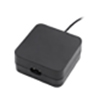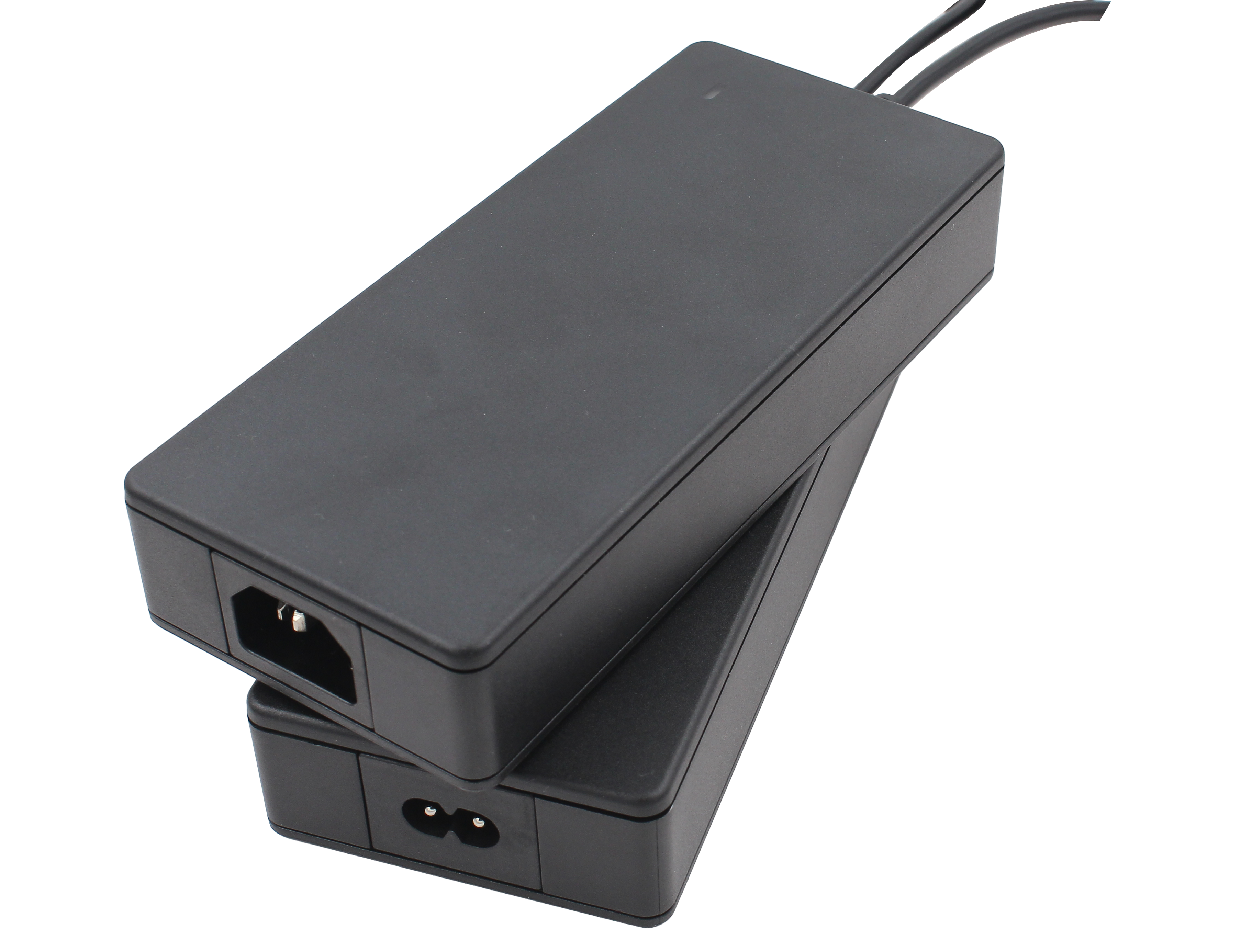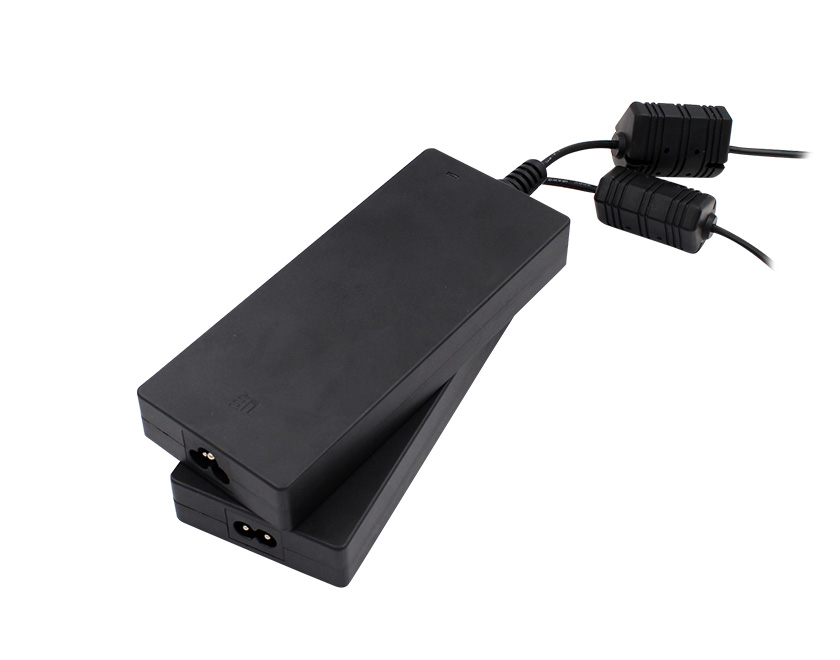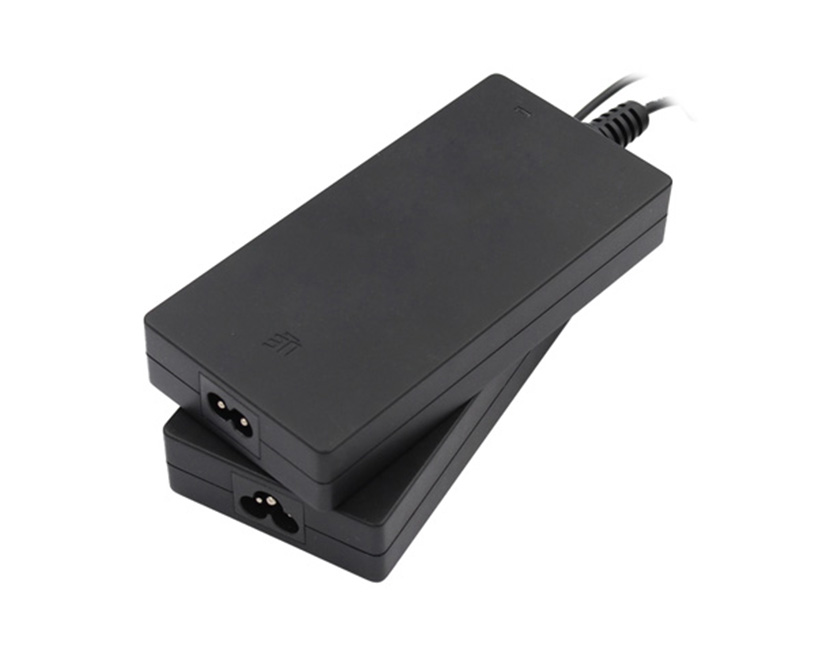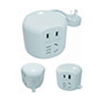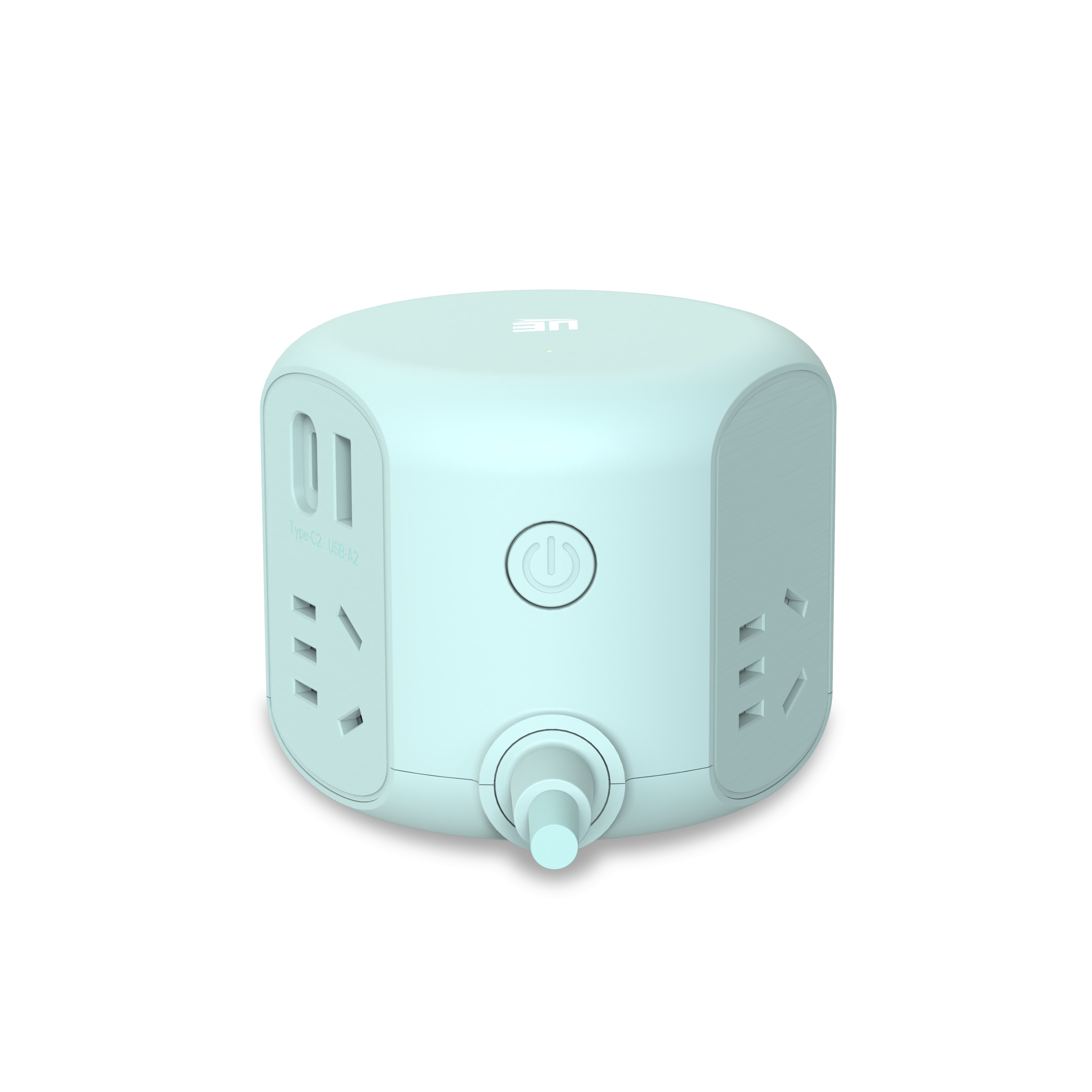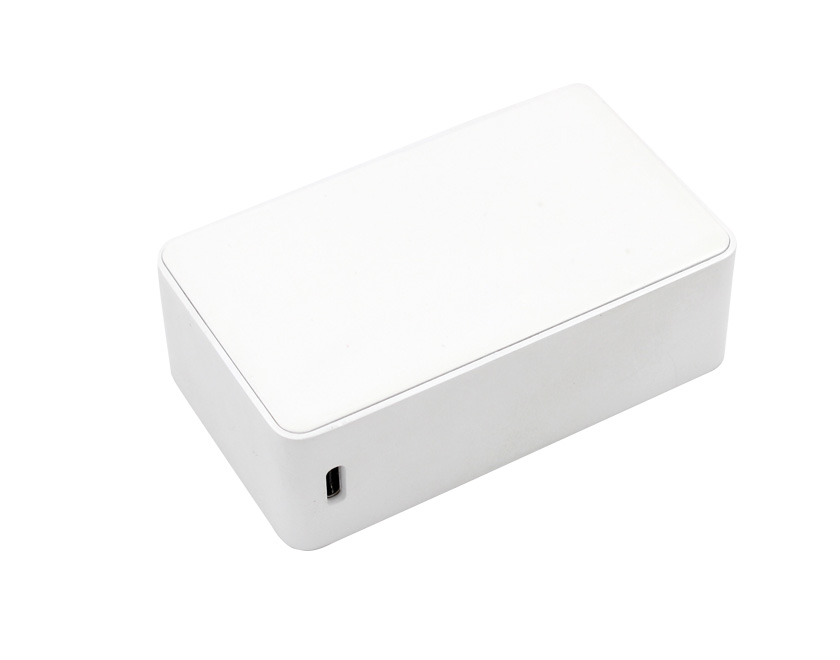PLM (Product Lifecycle Management), as a business strategy for enterprise development, provides a complete set of business solutions for enterprise informatization and supports cross-regional collaborative management of the generation, management, distribution and use of product information.
PLM can build a collaborative design, process, manufacturing and production integrated information management platform for enterprises, establish a complete data model of the product (including product design data, process data, manufacturing data and management data, etc.), and use this as a basis Realize full exchange of corporate information and resources on a basic information platform, effectively control and avoid the emergence of product risks, comprehensively improve the level and efficiency of product R&D and process design, shorten product design and production cycles, reduce product R&D and manufacturing costs, and improve Product quality, enhance market competitiveness, and ultimately enable enterprises to obtain higher economic returns.
PLM provides enterprises with a customizable, web-based project plan management, team collaboration and decision-making analysis platform. It takes the entire project life cycle process as the main line and manages projects from project establishment, plan decomposition, task execution, deliverable approval, and process monitoring. , project archiving, data analysis and reuse, etc., it is a scalable and powerful enterprise-level project management solution that is suitable for a variety of project types and provides enterprises with a unified project management and control platform.
PLM effectively manages the products, parts and a large number of electronic drawing documents in the enterprise, protecting the security and sharing of the enterprise's intellectual assets. At the same time, PLM optimizes the product development process data and product manufacturing process as a whole, and standardizes the product life cycle. Management to maintain consistency and traceability of product data.
PLM project management provides a unified management platform for product research and development. Project management is carried out based on the work of project team members. At the beginning of the design work, a project team is adopted: that is, a project team is first established, and the designated person in charge will carry out the preliminary work of the project (such as scheme design, detailed design, process design, trial production and manufacturing, various reviews, various Preparation work, etc.) are assigned to the project team members participating in the project, and the time and constraints for completing the tasks are specified; then the project team members who receive the project tasks each subdivide the received project tasks to other team members one by one. Go, team members receive tasks and submit deliverables for management. As the tasks of each team member are completed, each task of the project is completed, and finally the entire project task is completed. By adopting this top-down working method, the project development process can be effectively managed and monitored through task allocation and submission, achieving complete monitoring of the product development and manufacturing process, making the entire development and manufacturing process Transparently presented to relevant persons in charge and managers.
In the PLM system, the following functions can be achieved:
Ⅰ. Material and parts management: Applying classification and query management functions can easily query, access, and browse parts information.
Ⅱ. Document management: Unify the storage, classification, query, browsing, approval, issuance, version, permission control, etc. of various electronic documents of the enterprise, so that users can easily access the correct version of electronic documents through the network. Users do not need to care about the specific location where the electronic data is stored or whether it is the latest version. Personnel in different positions have different data access rights and scopes, and data can only be obtained or modified by authorized users.
Ⅲ. Change management: Data changes must go through a pre-defined approval process before they can take effect, so that users can get the correct information after approval.
IV. Project management: starting from the product project development plan, followed by product process tracking, to the dynamic definition process of developing product data. Product life cycle management includes retaining and tracking all historical records of a product from conceptual design, product development, manufacturing to discontinuation of production.








